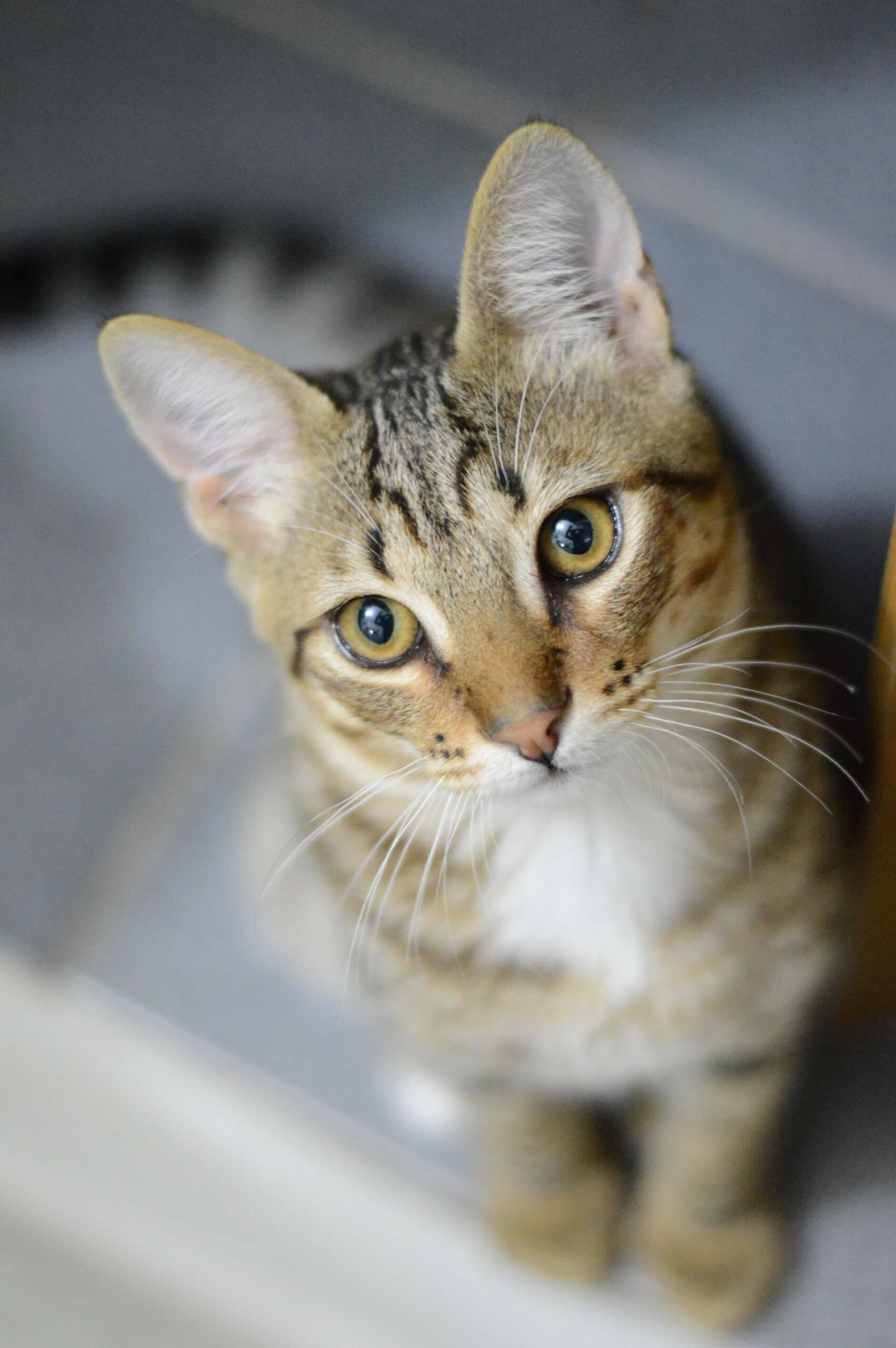Cats have been a part of human history for thousands of years, and their journey from wild predators to beloved companions is a fascinating tale of domestication, adaptation, and cultural significance. In this exploration of the history and evolution of domestic cats, we will delve into their origins, their roles in various societies, and the enduring bond between humans and these enigmatic feline friends.
The Ancestry of Domestic Cats
The history of domestic cats can be traced back to their wild ancestors. The most significant ancestor of the modern domestic cat is the African wildcat (Felis lybica). These small, solitary, and highly efficient hunters are native to Africa and parts of Asia.
Around 10,000 years ago, in what is now modern-day Cyprus, humans and wildcats began to cross paths. This marked the beginning of a mutually beneficial relationship that would ultimately lead to domestication.
The Birth of Domestication
The shift from wildcats to domestic cats was likely gradual and driven by practical benefits. Ancient humans, primarily engaged in agriculture, began to store surplus grains, attracting rodents that, in turn, attracted wildcats. As wildcats hunted rodents, they provided a valuable service to early farmers by helping to control the rodent population.
Over time, some wildcats became more tolerant of human presence, realizing that proximity to human settlements meant a stable source of food. These “proto-cats” were likely more docile and less aggressive than their completely wild counterparts. This shift in behavior laid the foundation for the domestication of cats.
Cats in Ancient Civilizations
Cats made their mark on various ancient civilizations, often occupying a unique and revered status:
1. Ancient Egypt:
- Cats held a special place in ancient Egyptian society. They were associated with the goddess Bastet, the goddess of home, fertility, and childbirth. Harming a cat, even accidentally, was a serious crime.
2. Ancient Rome:
- Romans also held cats in high regard for their pest-control abilities. Cats were often depicted in Roman art, and they were believed to bring good luck.
3. Ancient Greece:
- In Greek mythology, cats were associated with the goddess Artemis, the goddess of hunting and the wilderness. They were seen as protectors against evil spirits.
4. China:
- Cats were valued for their ability to catch rats and mice in Chinese society. They were believed to bring luck and protect homes from vermin.
The Medieval Era and the Witch Hunts
During the Middle Ages in Europe, cats faced a dramatic shift in perception. They went from being revered to being associated with superstition and witchcraft. Cats, particularly black ones, were believed to be witches’ familiars and were often persecuted alongside supposed witches during witch hunts.
This negative association persisted for centuries, leading to a decline in the cat population and, ironically, a resurgence in rat and mouse infestations in cities.
The Modern Era and the Rise of Cats as Companions
The perception of cats as bringers of bad luck gradually faded, and by the 18th century, cats were again seen as valuable companions and household pets. In the 19th century, the rise of cat shows and breeding programs led to the development of various cat breeds.
In the modern era, cats have firmly established themselves as beloved pets and companions to millions of people worldwide. They have also become internet sensations, with countless cat videos and memes capturing the hearts of people online.
The Science of Domestication
The domestication of cats is a unique process that differs from that of dogs. Unlike dogs, which were actively bred for specific traits, cats often self-selected to live alongside humans due to the mutual benefits of their coexistence.
Despite their long history with humans, domestic cats still retain many of their wild instincts and behaviors. This includes their hunting prowess, territorial nature, and independent spirit.
Conclusion: The Enduring Bond
The history and evolution of domestic cats reflect the complex and ever-evolving relationship between humans and animals. From their origins as wild hunters to their roles as cherished companions, cats have left an indelible mark on human culture and society.
Today, cats continue to bring joy and comfort to countless households worldwide. Their enigmatic personalities, playful antics, and affectionate moments remind us of the enduring bond between humans and these fascinating feline friends. The history of domestic cats is a testament to the power of coexistence, adaptation, and the enduring appeal of our furry companions.



